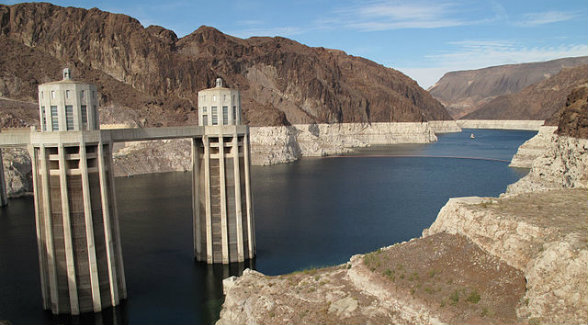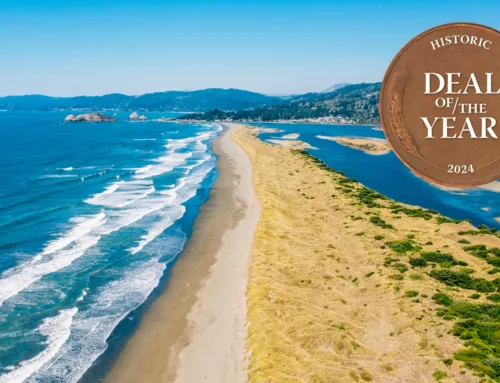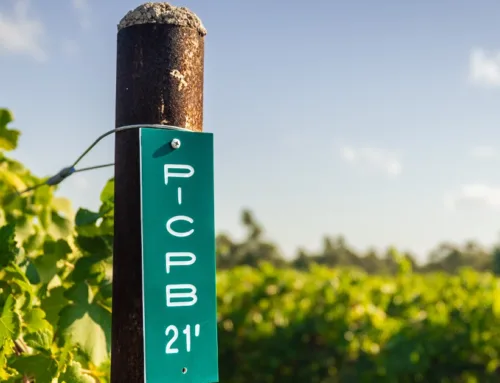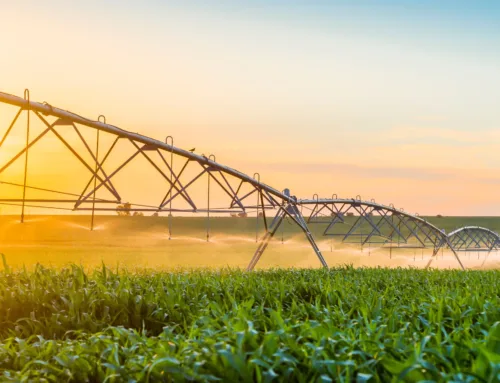Let’s Make A Deal
Let’s Make A Deal
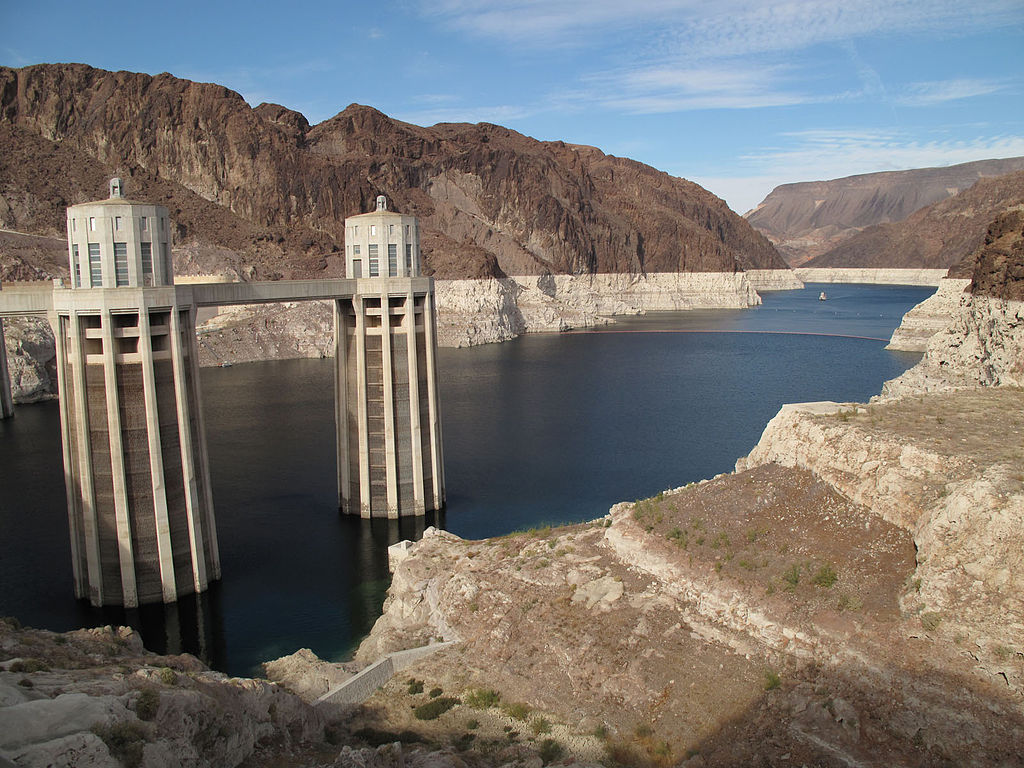
LakeMead_fi
Over the last two decades, water levels in the nation’s largest man-made reservoir, Lake Mead, have fallen to the point that it is at 39 percent of capacity. A similar plight faces the nation’s second largest reservoir, Lake Powell. Drought conditions out West coupled with increased demand from municipal utilities and agricultural users are cited as the main culprits. These shortfalls have led the federal agency in charge of water resources out West — the Bureau of Reclamation — to step in and activate mandatory water restrictions. In response, the states of Arizona and Nevada have agreed with California to leave portions of their water allotment in Lake Mead via an agreement known as the Lower Basin Drought Contingency Plan. And if levels continue to fall, California will contribute portions of its allotment as well. So will Mexico, which agreed in a separate accord.


